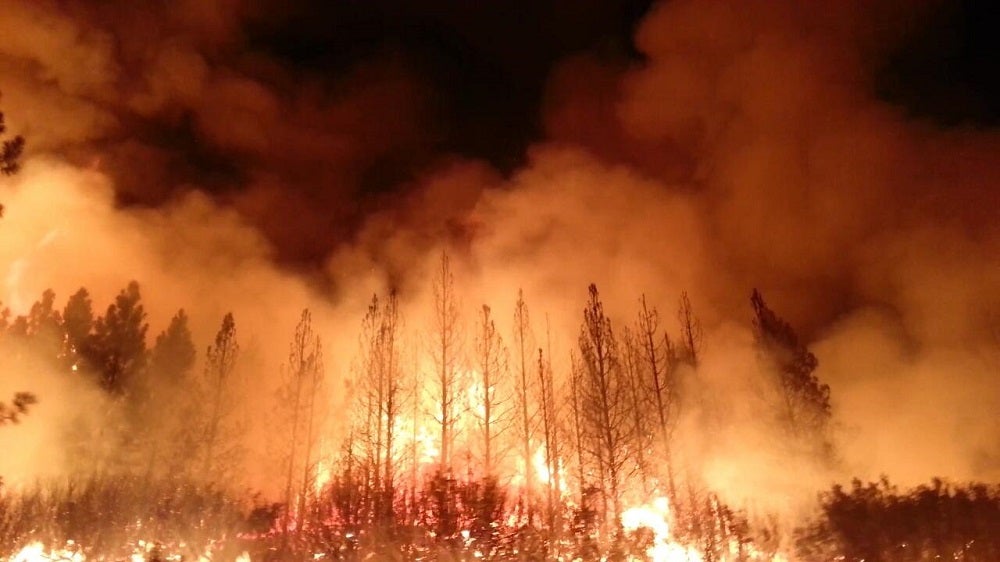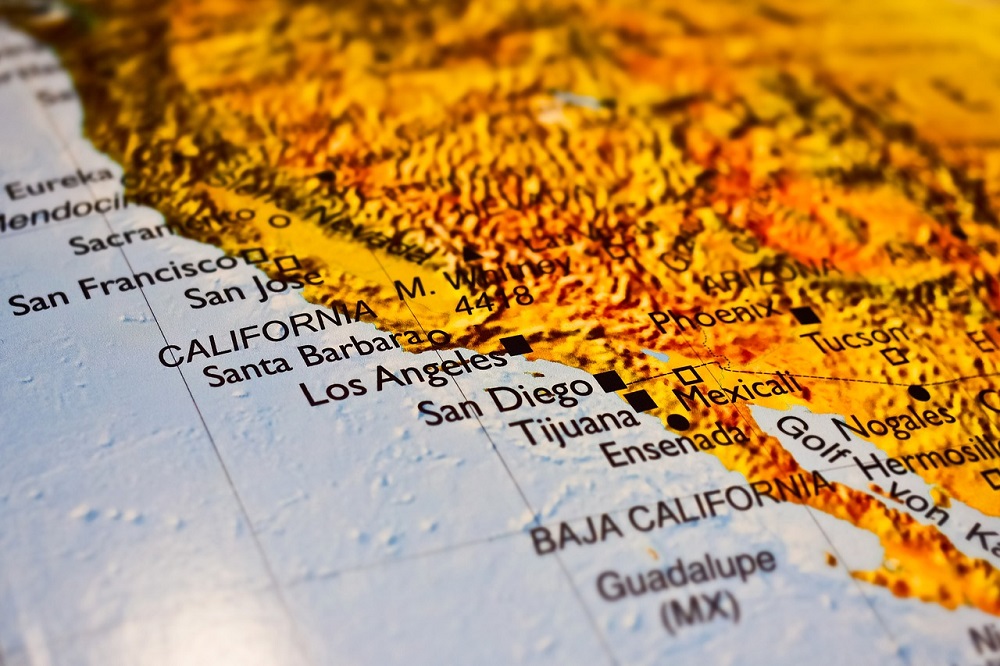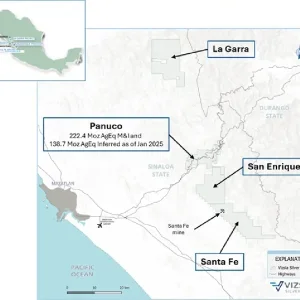
The California energy regulator will launch a formal investigation after widespread power blackouts were deployed over the weekend in response to wildfires burning across the US state.
Utilities firm Pacific Gas & Electricity (PG&E), which is at the centre of the furore, cut power to around 940,000 customers in northern California to safeguard against the possibility of damaged power lines igniting further fires – a move which affected an estimated 2.8 million people across 37 regions.
On Sunday, a state-wide emergency was declared as 180,000 residents were ordered to evacuate their homes, with strong winds further fanning flames of the already devastating wildfires.
Watchdog vows to ‘ensure utilities are held accountable’ after California power blackouts
The investigation by the California Public Utilities Commission (CPUC) will be launched during the next month and will seek to clarify the circumstances of the public safety power shut-offs (PSPS) that have hit so many people in the region.
A statement from the regulator noted that it will assess “utility compliance with CPUC regulations and requirements, any resulting violations, and potential actions to ensure utilities are held accountable”.
CPUC president Marybel Batjer added: “The state cannot continue to experience PSPS events on the scope and scale Californians have experienced this month – nor should Californians be subject to the poor execution that PG&E in particular has exhibited.
“Through these actions, as well as other steps under our regulatory purview, the CPUC will demand that utilities prepare for and execute PSPS events in a way that greatly reduces impacts on Californians.”
The energy watchdog also confirmed that it will review existing PSPS protocols – including possible action on ” increasing grid redundancy, segmentation and equipment hardening”, as well as exploring how new technology partnerships might help to “minimise the use and scope of PSPS events next fire season”.

On Monday evening (28 October), PG&E reported that power had been restored to 57% of the customers affected by the weekend’s blackouts.
It also cautioned that further outages – impacting up to 596,000 customers – could be expected later in the week as a result of a “widespread dry, offshore wind event” that is currently being monitored.
The utility company has cited public safety as the number one priority for any enforced power cuts, adding in a statement “the sole intent of a PSPS is to prevent a catastrophic wildfire sparked by electrical equipment during extreme weather events.”
California governor labels PG&E’s power outages ‘unacceptable’
Wildfires have ravaged the Californian landscape throughout October, causing huge amounts of damage to the environment, public infrastructure and private property, and forcing thousands of people to flee homes and businesses.
The severity of the fires has been exacerbated by their coincidence with a “historic” wind event in the area, in which powerful offshore winds have combined with very dry conditions to add greater intensity.
PG&E has implemented a number of power cuts across California during the month as a precaution against fire-damaged equipment sparking additional fire.
But some observers have questioned the wisdom of such extensive outages, with millions affected by the cuts and evacuation procedures made more difficult by the lack of power.
Earlier today, California Governor Gavin Newsom tweeted that the power cuts had been “unacceptable”, and that PG&E was culpable of years of “greed and mismanagement”.
PG&E simply cannot take “10 years” to “get their act together.”
Their years and years of greed and mismanagement are OVER.
These mass power shutoffs are UNACCEPTABLE.pic.twitter.com/Oxl5eMUKqY— Gavin Newsom (@GavinNewsom) October 29, 2019
It has been a troubled couple of years for the embattled utilities firm, which earlier this year filed for bankruptcy having received hundreds of lawsuits from victims affected by wildfires in 2017 and 2018 – for which it was deemed responsible for causing through faulty or ageing electrical equipment.
In November last year, the Camp Fire incident that killed 85 people in northern California was traced by investigators back to a faulty electric transmission line operated by PG&E.






